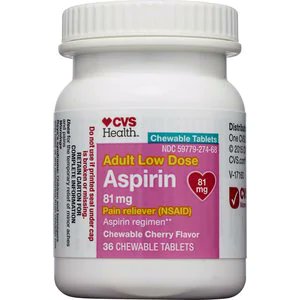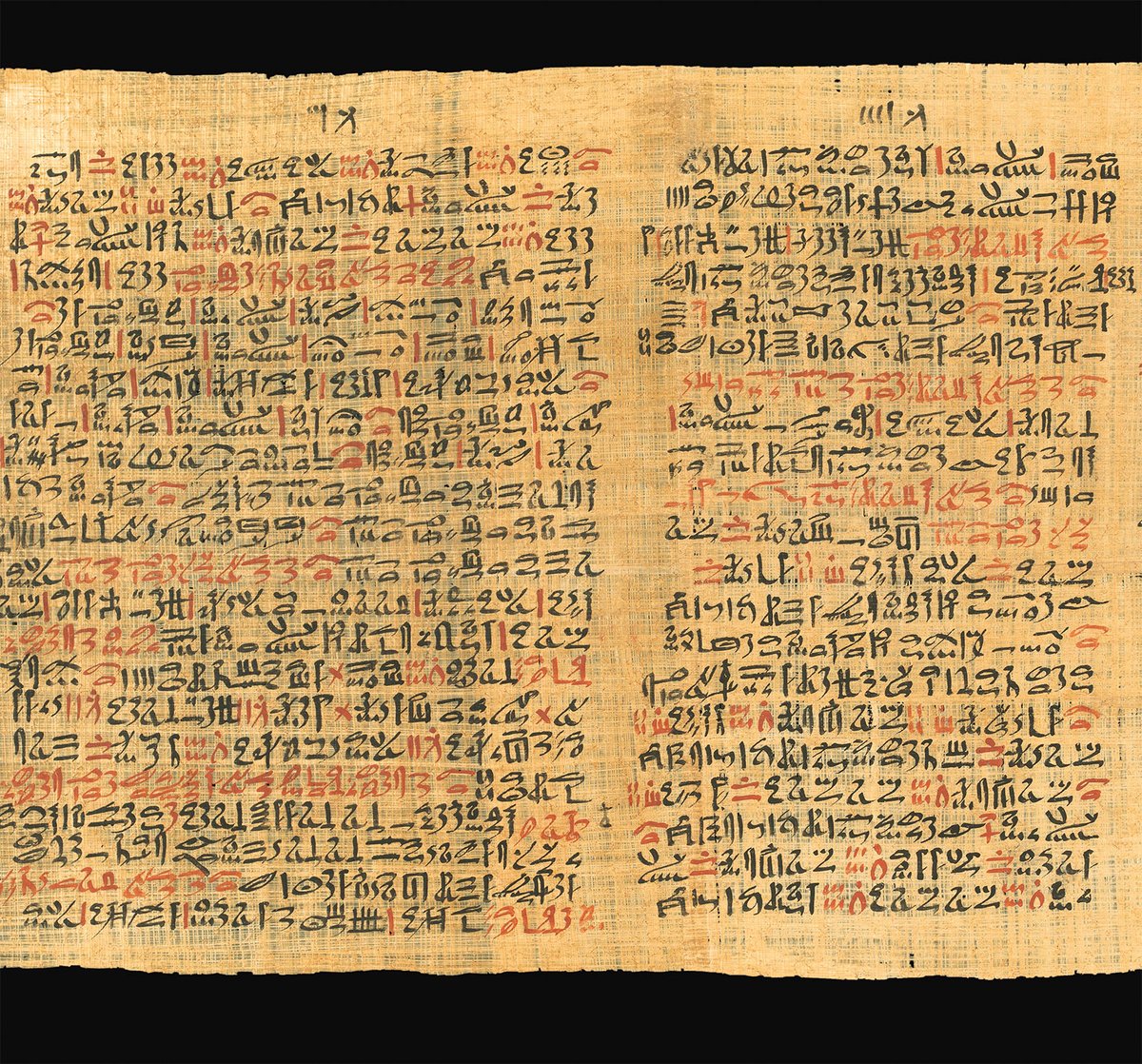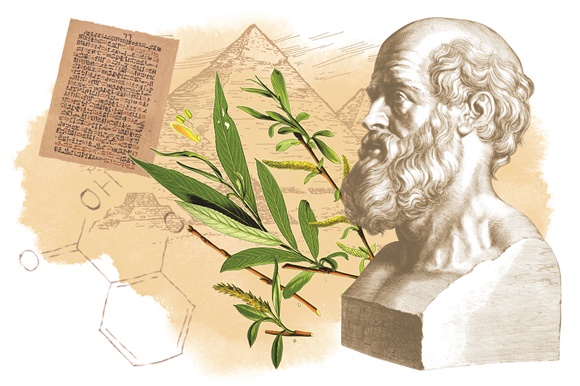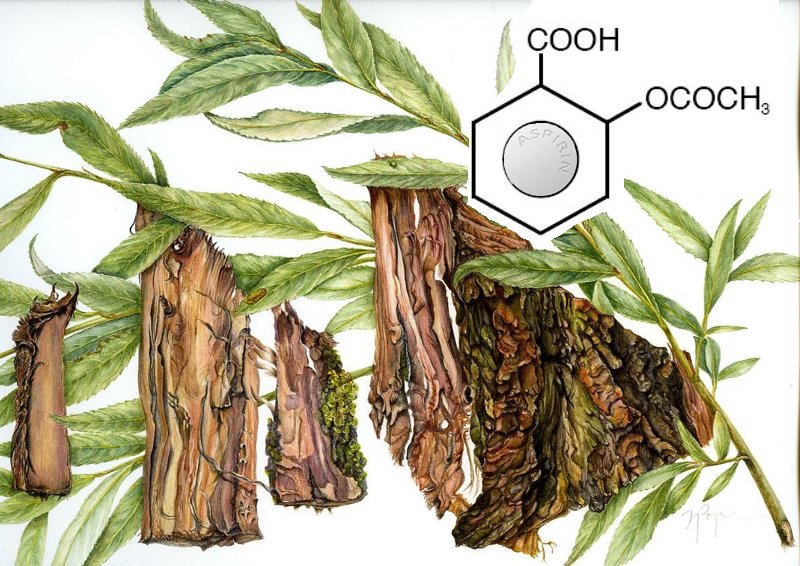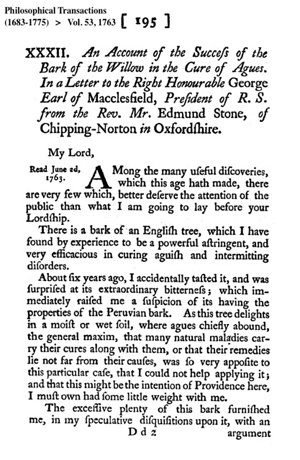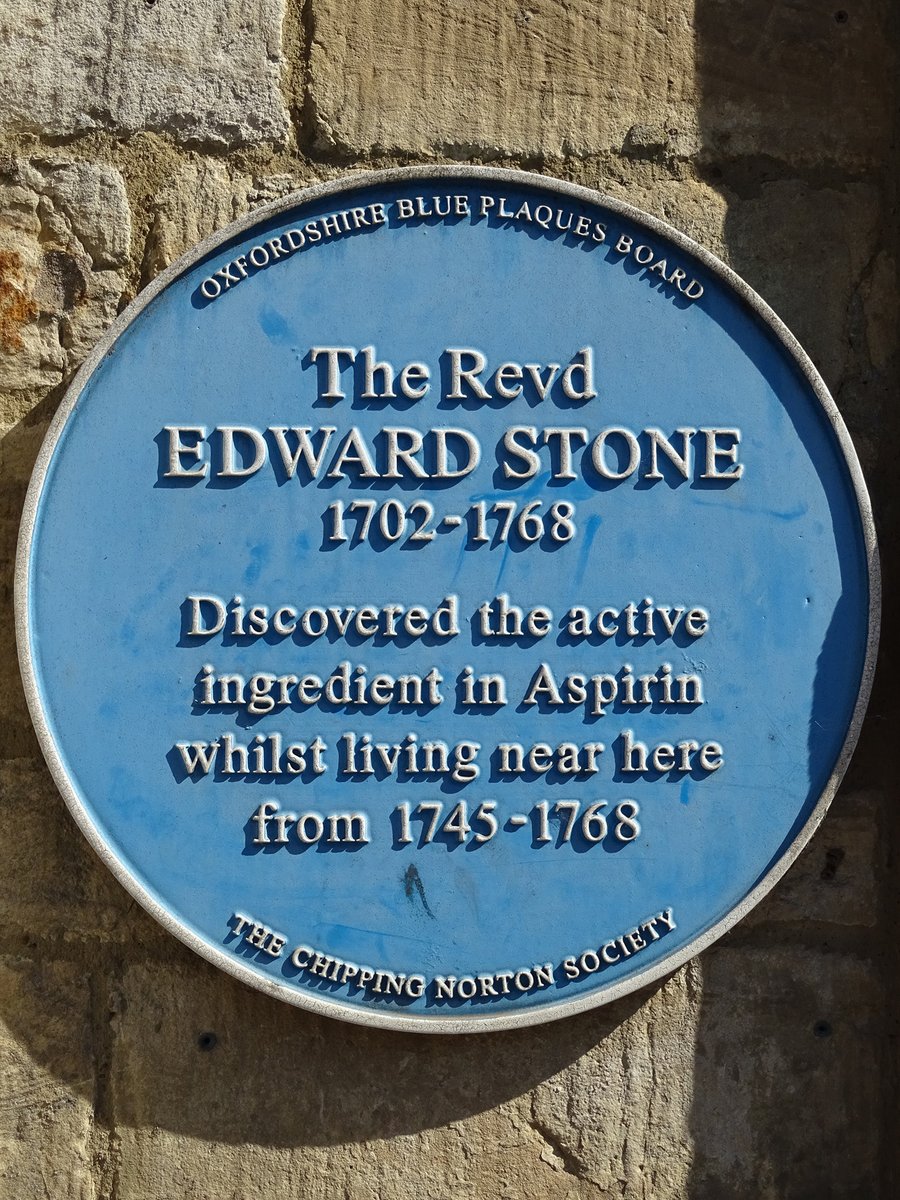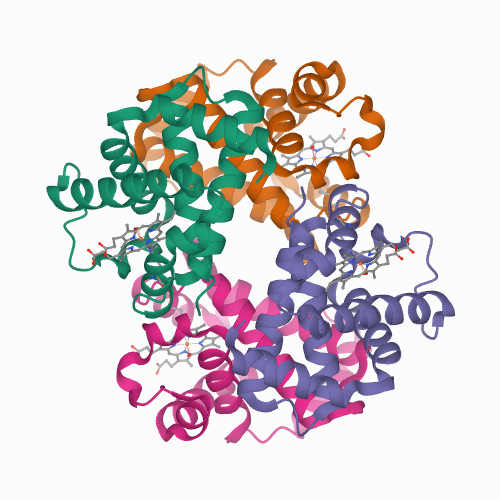
K-562. It was the first human cell line I ever tried to grow in culture, during training @MayoClinic. It was also the first immortalized myeloid leukemia #cellline, published @BloodJournal way back in 1975. What does the K stand for? #HematologyTweetstory 37 is on cell lines./1 

K-562s were derived from a the pleural effusion of a 53 year-old woman with #CML in blast crisis, so they have Ph+/BCR-ABL. She'd been treated with busulfan for 3 years & pipobroman for a year (limited & crummy Rx options back then), and died 9 days after cell collection./2 

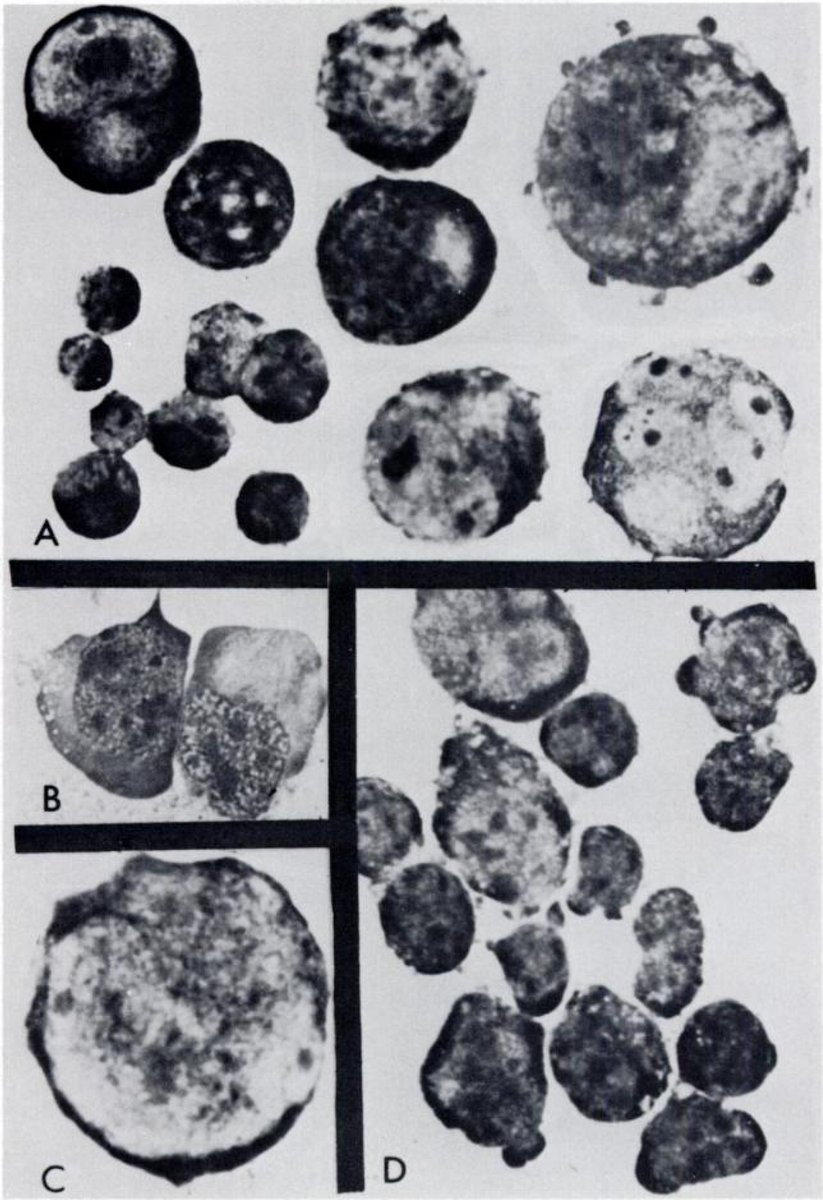

The K in K-562 is for “Knoxville”, where the University of Tennessee & precursors have resided since 1794. The 562? Maybe a vial name. Only Argentinian-born Drs. Carmen & Bismarck Lozzio @UTKnoxville knew; they isolated the cells & published in 1975: sciencedirect.com/science/articl… /3
Carmen Lozzio just died this April at the age of 90. Her obituary is below - she sounds like a remarkable scientist. Bismarck died back in 1982 at the age of 51. knoxnews.com/obituaries/kns… /4
A PubMed search for ‘K-562 cell” turns up more than 21,000 papers since the @NLM_NIH started indexing the term in 1976. The peak years for publications using K-562 cells were 2014 and 2015; only in the last few years has the term started to decrease in use due to better models./5 

K-562s were “born” in December 1970- as, coincidentally, was I, and as was comedian @SarahKSilverman & actress Jennifer Connelly (age-appropriate Tom Cruise Maverick beau), so we’re all the same vintage. Also Benedictine, world’s heaviest dog, who topped out at 315 lb/143 kg!/6 







Cell lines have a rather checkered past, as discussed below. There also have many limitations: no organismal context, difficult to model immune interactions, etc. Scientifically, though, they are still useful for generating hypotheses and doing *some* types of mechanistic work./7 

But first, how do they get their names? Some prefixes tell us where cells started: OCI (Ontario Cancer Institute, now @OICR_news), NCI- (@theNCI ), RPMI- (@RoswellPark Medical Institute), HOP- (@HopkinsMedicine), CCRF- (Children’s Cancer Research Fund, or @ClevelandClinic )./8 



Some describe the cell origin or disease they model, such as HL-60 (human leukocyte), HEC-1-B (human endometrial cell), HEK-293T (human embryonic kidney). Others are mysterious, like MOLT-4 (M & O surnames of the describing authors,p lus “L” for leukemia and “T” for thymocyte?)/9 

Some just seem to be arbitrary, like A549. It was isolated at the NCI from an adenocarcinoma of the lung, alveolar type - but neither are mentioned in the original description. Maybe it was just an "A" plate. A549s even have their own web page: a549.com /10 

Some names are complicated, like 3T3 cells: which stands for “3-day transfer, inoculum of 3×10^5 cells” - derived from Swiss albino mouse embryo tissue back in 1961. Eek! Not very creative either. They have their own webpage too: nih3t3.com Image is from Altogen/11 

3T3 cells themselves have a complex history, generated by then-medical student George Todaro (later Chief of @theNCI Viral Leukemia and Lymphoma Branch) in the lab of skin regeneration pioneer Howard Green’s lab @NYU (Green died in 2015), as described ncbi.nlm.nih.gov/pmc/articles/P… /12 





"Ishikawa" endometrial cells are named after a prefecture in Japan, but could be confused for a person's name. For a long time the PI, Masato Nishida, refused to deposit them in any cell banks, feeling it was investigators' responsibility to maintain and provide to other labs./13 


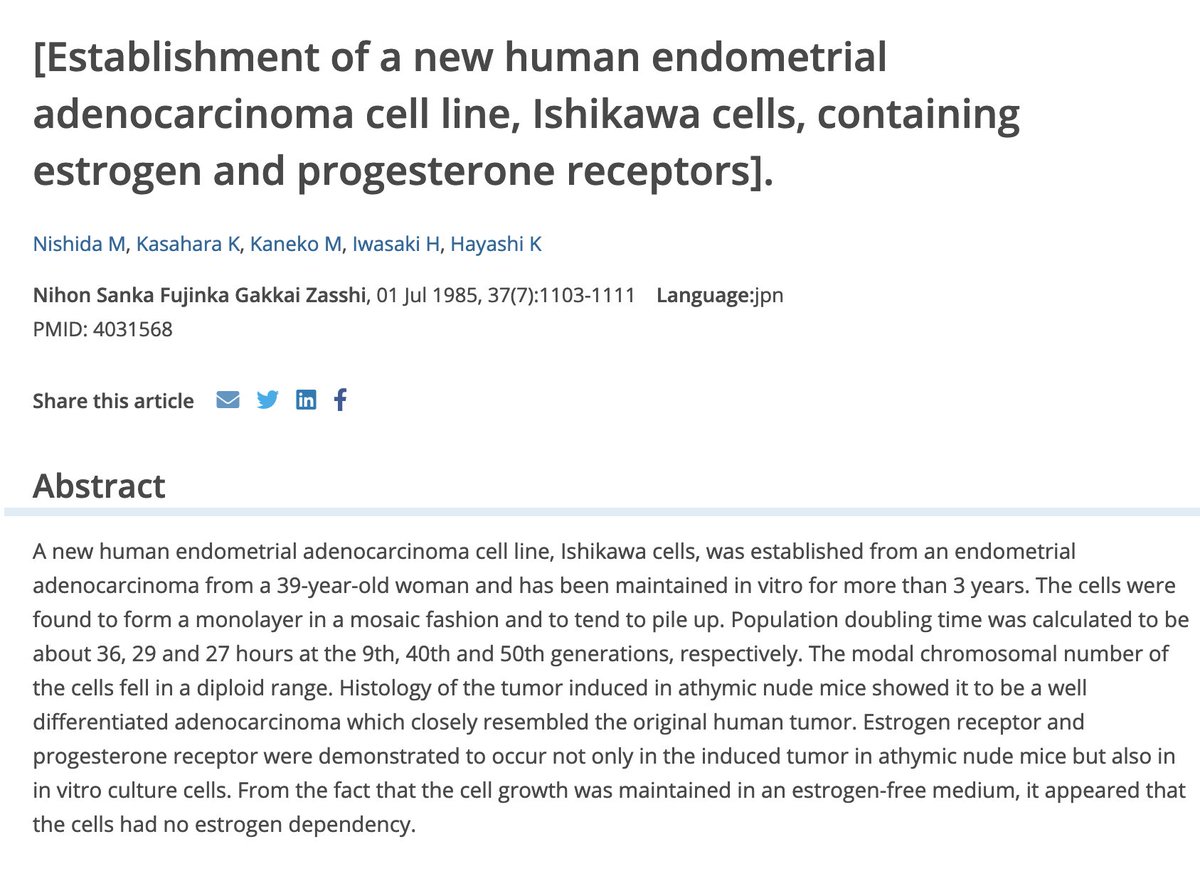


Since the late 1980s, the “NCI-60”, a collection of 60 different human cancer cell lines derived from 9 cancer types, has been used for screening molecules for growth inhibition or cell killing. The cell line list is here: dtp.cancer.gov/discovery_deve… (Image: GNI Ion et al 2020)/14 

Cell names can be problematic. Kafkas and colleagues summarized some of the problems (see image). Amos Bairoch @calipho2 from the @ISBSIB noted that 10 disastrously short names (C2, CF, DL, K8, ME, OS3, PC-1, PC-3, ST-1, and TK) are associated with *37* different cell lines!/15 

Punctuation is also an issue (remember the famous Lynne Truss book about how punctuation can get you in trouble?). There is no ambiguity when one person writes K-562 and HL-60 and another K562 or HL60, but KMH-2 and KM-H2 are two different cell lines... (BTW: Lynne🚫Liz Truss)/16 

There have been calls to standardize cell line names. This is already happening for embryonic stem cells and induced pluripotent stem cells, as described here: hpscreg.eu/about/naming-t… (Cartoon source: Harvard Bio Data Management) /17 

But for now, we're left to consult reference guides, like ATCC's. @ATCC was founded as "American Type Culture Collection" in 1925, originally a central repository to collect microbes. Now, a century later, ATCC maintains >4000 continuous cell lines.
atcc.org/about-us/who-w… /18
atcc.org/about-us/who-w… /18

I personally find @Cellosaurus 🦖 – the "cell thesaurus", which started in 2012 - very helpful. It has lots of information including mutations, cell line synonyms, origin story etc at web.expasy.org/cellosaurus/ Other tools include Cell Line Data Base (CLDB) & the @Leibniz_DSMZ_en/19 

This brings us to the very first immortalized cell line: HeLa cells, taken from the cervical cancer of Ms Henrietta Lacks - without her consent or knowledge - by Dr George Gey (1899-1970) in Baltimore in 1951. This difficult story is told in a terrific book by @RebeccaSkloot/20 



Misidentification and contamination are real problems for cell line work. All the way back in 1968, researchers began to report that many of the cell lines deposited at the @atcc had probably become contaminated with HeLa cells, which can outgrow other cells rapidly./21 

Today, cell banks routinely do short tandem repeat (STR) profiling - first developed for forensic applications - to authenticate human cell lines. But due limited budgets, a lot of investigators just get cell lines from other labs & don’t buy them from a validated source./22 

About 20 years ago I was seeing labs using a putative #MDS cell line, P39/Tsugane. Initially I was excited - MDS primary cell lines were non-existent, since they don't grow in culture - I got P39s from multiple sources and found they were *all* contaminated by HL-60 cells.😢/23 

In this "detective" effort, I was encouraged by Prof Hans Drexler, who recently retired from the DSMZ (and has run 630 marathons!). Hans was the author of "The Leukemia-Lymphoma Cell Lines Factbook", he also compiled a document on “False cell lines”: dsmz.de/fileadmin/user… /24 



Even after many years of working with them, it still seems slightly creepy to think about cells living for decades entirely free of the person or organism where they started, in dozens of labs around the globe. (Zombie image from @BBC .)/25 

And nowadays we have many other ways to model cancer in vitro other than cell lines – PDX models/mouse clinical trials, computational tools etc. But still, cell lines have their place, and they’ll continue to be used by biomedical researchers for decades to come. /26End
• • •
Missing some Tweet in this thread? You can try to
force a refresh









